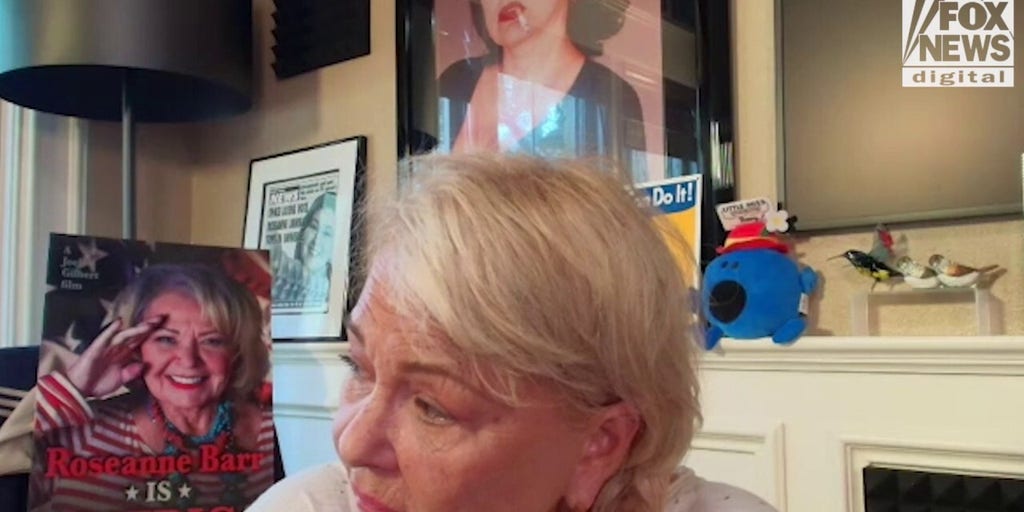The 2°C Threshold: Strategic Planning For Businesses Facing Climate Change

Welcome to your ultimate source for breaking news, trending updates, and in-depth stories from around the world. Whether it's politics, technology, entertainment, sports, or lifestyle, we bring you real-time updates that keep you informed and ahead of the curve.
Our team works tirelessly to ensure you never miss a moment. From the latest developments in global events to the most talked-about topics on social media, our news platform is designed to deliver accurate and timely information, all in one place.
Stay in the know and join thousands of readers who trust us for reliable, up-to-date content. Explore our expertly curated articles and dive deeper into the stories that matter to you. Visit Best Website now and be part of the conversation. Don't miss out on the headlines that shape our world!
Table of Contents
The 2°C Threshold: Strategic Planning for Businesses Facing Climate Change
The world is grappling with the undeniable reality of climate change. Scientists warn that exceeding a global temperature increase of 2°C above pre-industrial levels could trigger catastrophic and irreversible consequences. For businesses, this isn't just an environmental concern; it's a significant economic and operational risk. Ignoring the 2°C threshold means ignoring a looming threat to profitability, reputation, and even survival. This article explores how businesses can proactively strategize and adapt to navigate this increasingly challenging landscape.
Understanding the 2°C Threshold and its Business Implications
The 2°C threshold, a widely cited target within the Paris Agreement, represents a crucial tipping point. Exceeding this limit dramatically increases the likelihood of extreme weather events, sea-level rise, resource scarcity, and disruptions to global supply chains. These impacts translate directly into business risks, including:
- Increased operational costs: More frequent and severe weather events can damage infrastructure, disrupt production, and lead to higher insurance premiums.
- Supply chain disruptions: Climate change-related disasters can interrupt the flow of goods and services, impacting production and delivery timelines.
- Regulatory changes: Governments are increasingly implementing stricter environmental regulations, requiring businesses to adapt their operations and potentially incur significant costs.
- Reputational damage: Consumers are becoming increasingly aware of environmental issues and are more likely to support businesses that demonstrate a commitment to sustainability. Failing to do so can lead to boycotts and damage brand image.
- Stranded assets: Investments in fossil fuel-based infrastructure or products could become worthless as the world transitions to a low-carbon economy.
Strategic Planning for a 2°C World: Key Steps for Businesses
Businesses need to move beyond reactive measures and adopt proactive strategies to mitigate climate risks and capitalize on emerging opportunities. Key steps include:
1. Climate Risk Assessment: Conduct a thorough assessment to identify specific climate-related risks facing your business. This should include analyzing potential impacts on your operations, supply chains, and markets. Resources like the Task Force on Climate-related Financial Disclosures (TCFD) provide valuable frameworks.
2. Setting Science-Based Targets: Commit to reducing greenhouse gas emissions in line with the 2°C target. Organizations like the Science Based Targets initiative (SBTi) can help businesses set ambitious yet achievable emission reduction goals.
3. Investing in Renewable Energy and Energy Efficiency: Transitioning to renewable energy sources and improving energy efficiency can significantly reduce your carbon footprint and lower operational costs.
4. Adapting Supply Chains: Build resilience into your supply chains by diversifying sources, investing in robust logistics, and working with suppliers committed to sustainability.
5. Engaging with Stakeholders: Openly communicate your climate strategy to investors, customers, and employees. Transparency and engagement are crucial for building trust and ensuring long-term success.
6. Embracing Innovation: Explore opportunities to develop and implement innovative technologies and business models that contribute to climate mitigation and adaptation. This could include investing in carbon capture, developing sustainable products, or creating circular economy solutions.
The Future is Low-Carbon: Seizing Opportunities
While the challenges posed by the 2°C threshold are significant, they also present opportunities for businesses to innovate, differentiate themselves, and build a more sustainable future. Companies that proactively address climate change are likely to be better positioned for long-term success, attracting investors, customers, and talent.
Call to Action: Start your climate journey today. Assess your risks, set ambitious targets, and develop a comprehensive climate strategy. The future of your business depends on it. Learn more about sustainable business practices by visiting resources like the .

Thank you for visiting our website, your trusted source for the latest updates and in-depth coverage on The 2°C Threshold: Strategic Planning For Businesses Facing Climate Change. We're committed to keeping you informed with timely and accurate information to meet your curiosity and needs.
If you have any questions, suggestions, or feedback, we'd love to hear from you. Your insights are valuable to us and help us improve to serve you better. Feel free to reach out through our contact page.
Don't forget to bookmark our website and check back regularly for the latest headlines and trending topics. See you next time, and thank you for being part of our growing community!
Featured Posts
-
 From Humble Beginnings Suhail Bhats Rise In Indian Football
Jun 04, 2025
From Humble Beginnings Suhail Bhats Rise In Indian Football
Jun 04, 2025 -
 Analyzing The Implications Of Ukraines Drone Campaign Against Russia
Jun 04, 2025
Analyzing The Implications Of Ukraines Drone Campaign Against Russia
Jun 04, 2025 -
 Tractor Accident Setback Roseanne Barrs Texas Journey Continues
Jun 04, 2025
Tractor Accident Setback Roseanne Barrs Texas Journey Continues
Jun 04, 2025 -
 Bulgaria And The Euro A New Chapter In The Eus Monetary Union
Jun 04, 2025
Bulgaria And The Euro A New Chapter In The Eus Monetary Union
Jun 04, 2025 -
 Hims Stock Jump 3 02 Increase On May 30th For Hims And Hers Health Inc
Jun 04, 2025
Hims Stock Jump 3 02 Increase On May 30th For Hims And Hers Health Inc
Jun 04, 2025
